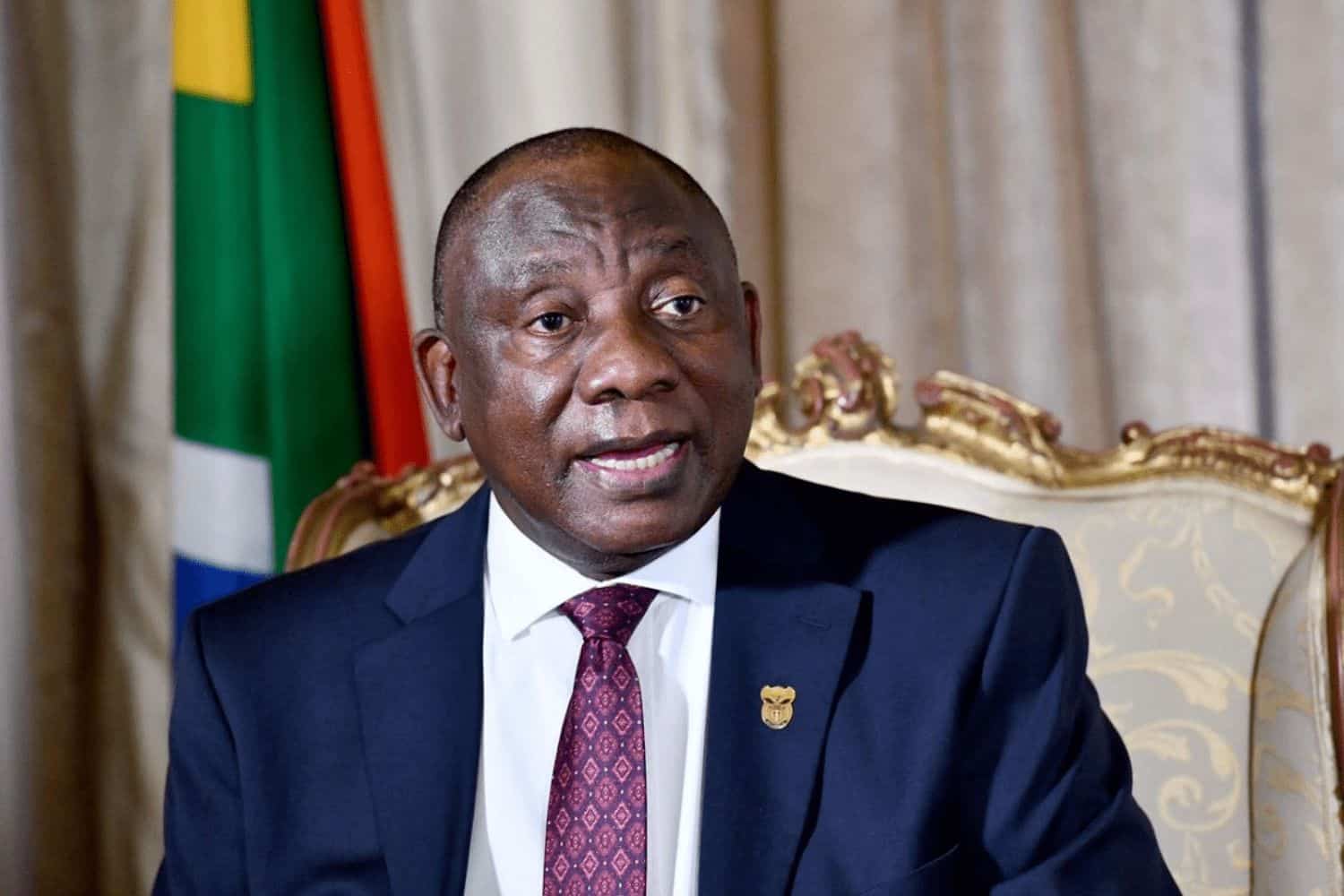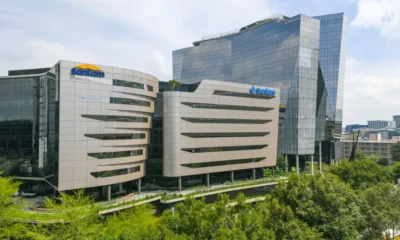News
South Africa’s Economy Records Growth, but Trump’s Tariffs Could Derail Momentum

A fragile boost for South Africa’s economy
South Africans will soon get a rare dose of positive economic news. Analysts expect the country’s second-quarter GDP figures, due on 9 September, to show growth of around 0.4%, marking the third consecutive quarter of expansion. For a nation grappling with stubborn unemployment, high electricity costs, and political uncertainty, it’s a welcome glimmer of relief.
Driving the recovery are the country’s two traditional anchors: mining and manufacturing. After years of strain from power cuts, strikes, and volatile global demand, both sectors have staged a comeback. Platinum and palladium, in particular, have seen price surges as overseas buyers rushed to secure supplies amid fears of new trade restrictions.
Economists see cautious optimism
Some experts are more bullish than others. Johan Els, chief economist at Old Mutual, believes growth could be closer to 0.8%, noting that previously struggling industries like utilities have also shown signs of turning a corner.
But analysts warn that the rebound may be short-lived. Frank Blackmore of KPMG says international customers may simply be “buying upfront” before tariffs push costs higher. In other words, the boost may not last into the next quarter.
Trump’s tariff shockwave
The biggest shadow over South Africa’s economy comes from abroad. On 7 August, US President Donald Trump slapped a 30% tariff on South African exports, one of the harshest levies imposed globally.
This move could hit two of the country’s most important export sectors: automotive manufacturing and agriculture. According to South Africa’s trade department, as many as 30,000 jobs could be on the line if the tariffs remain in place.
“It’s quite plausible that employment could remain under pressure in the coming quarters,” warned Jee-A Van Der Linde of Oxford Economics. “Businesses aren’t likely to expand or hire more workers in this climate.”
Unemployment and consumer strain
The tariff news comes at a time when the labour market is already struggling. South Africa’s unemployment rate climbed to 33.2% in the second quarter, the highest level in a year.
For ordinary households, the economic squeeze feels relentless. While inflation has stayed low—near the bottom of the Reserve Bank’s 3%–6% target band for nine months running, rising electricity tariffs and everyday uncertainty are weighing heavily on consumer confidence.
Still, there are signs of resilience. Retail sales rose 0.9% in the second quarter, a bounce from a contraction earlier this year, thanks in part to interest rate cuts totaling 75 basis points, which lowered borrowing costs.
A turning point or a temporary reprieve?
South Africa’s economy has a history of stop-start recoveries, where brief periods of growth quickly give way to new shocks. For many, the September GDP release won’t be measured in percentages but in whether growth translates into jobs, stability, and relief at the tills.
As social media users have pointed out, “GDP numbers don’t put bread on the table.” On X, reactions to the early forecasts have been mixed, some celebrating the resilience of mining and manufacturing, others questioning how long it will last under the weight of global trade wars.
For now, South Africa stands at a crossroads: cautiously celebrating a small economic win, while bracing for a tariff storm that could undo months of progress.
{Source: BusinessTech}
Follow Joburg ETC on Facebook, Twitter , TikTok and Instagram
For more News in Johannesburg, visit joburgetc.com


























